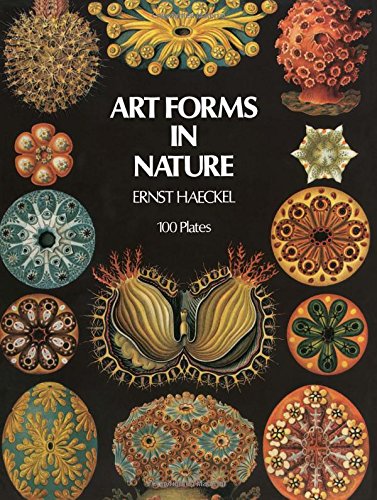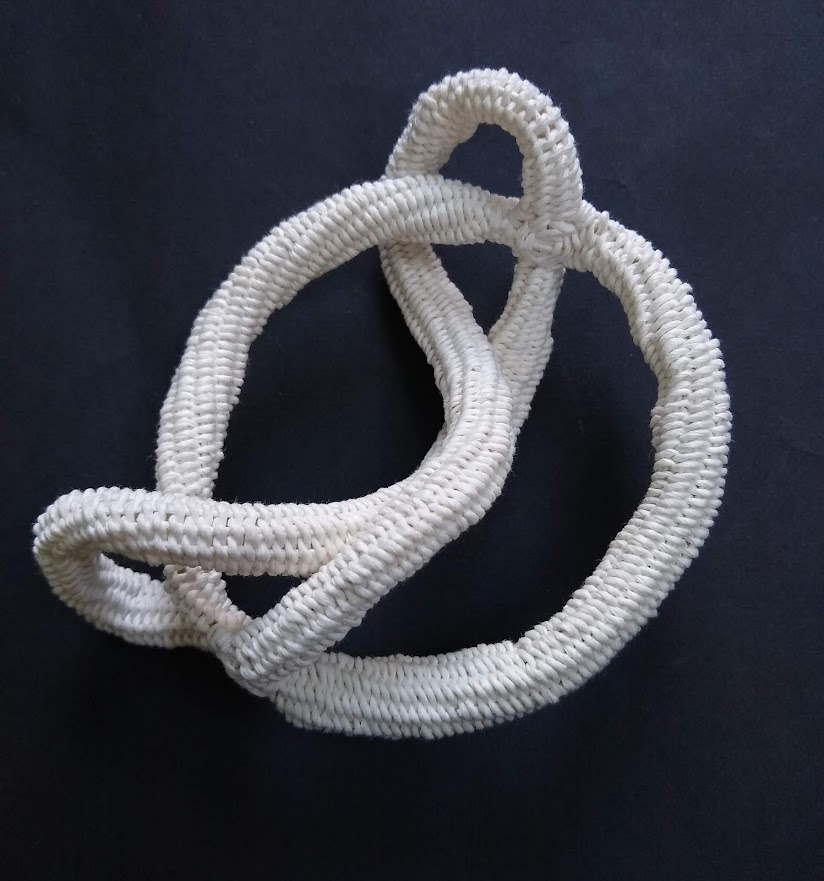
We’re now in the last term of the two-year City Lit Creative Basketry course and working on our pieces for our final assessment. These will form the basis of an exhibition at City Lit in July (like our degree show).
Each student has to make five works: eight samples, a piece from soft materials, a piece from rigid materials, a plaited piece, and a piece of our own choice that showcases techniques we have learnt on the course. The pieces must be linked to each other by a common theme, which we can choose ourselves.
My theme is “Inspired by Haeckel”. Ernst Haeckel (1834-1919) was a German biologist, naturalist, and artist who not only discovered, described, and named thousands of new species but also captured their forms with his incredible illustrations. His most famous publication is Artforms in Nature (Kunstformen der Natur) from 1904, which includes hundreds of highly detailed drawings.

Haeckel’s illustrations, with their beguiling organic geometry, are providing the inspiration for my final project work.
Eight samples
For my eight samples, I took one of Haeckel’s drawings of radiolaria as a starting point.
Radiolaria are single-celled plankton encased in an external skeleton of silica pierced with holes. Some skeletons are incredibly complex, with lots of holes and spikes, but I used the simplest form, with two “nodes” connected by four “branches”.


This structure, which Haeckel named Zygostephanus dissocircus, made me think of two bundle starts in twining, with interconnected branches. So I did lots of sampling and experimenting on the best way of joining these together.

Then I tried out different materials, finally choosing a fine paper yarn, as it evoked the feeling of skeletal bones.

This was the first sample, which was based on Haeckel’s drawing of Zygostephanus dissocircus. The remaining seven samples are topological explorations, looking at different ways of connecting two nodes with four branches.







None of these structures actually exists in real life (as far as I know!). Aesthetically, the most successful are the ones that twist and interlink with each other, giving a satisfying sense of movement.
One down, four to go!
